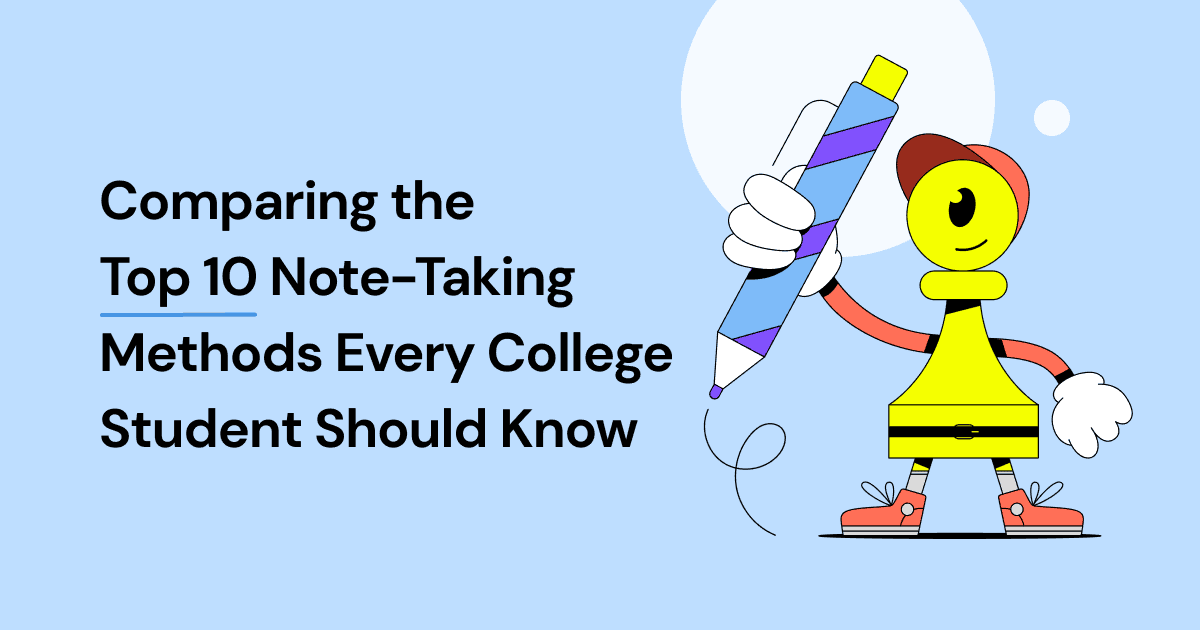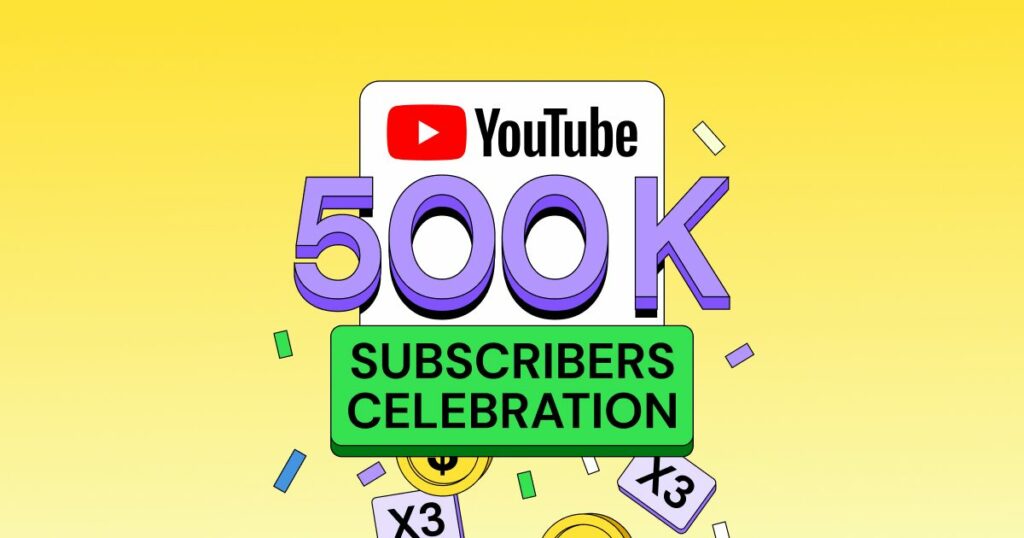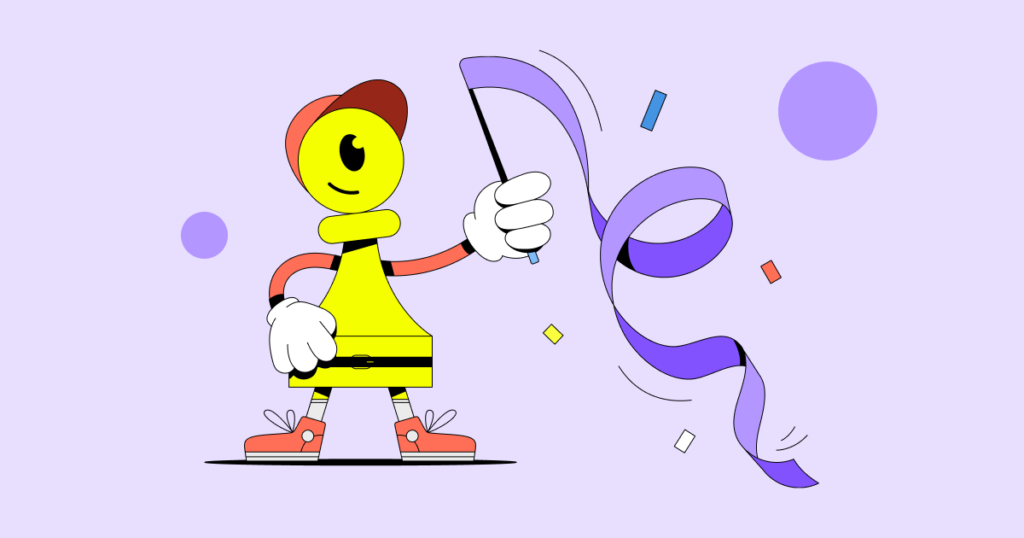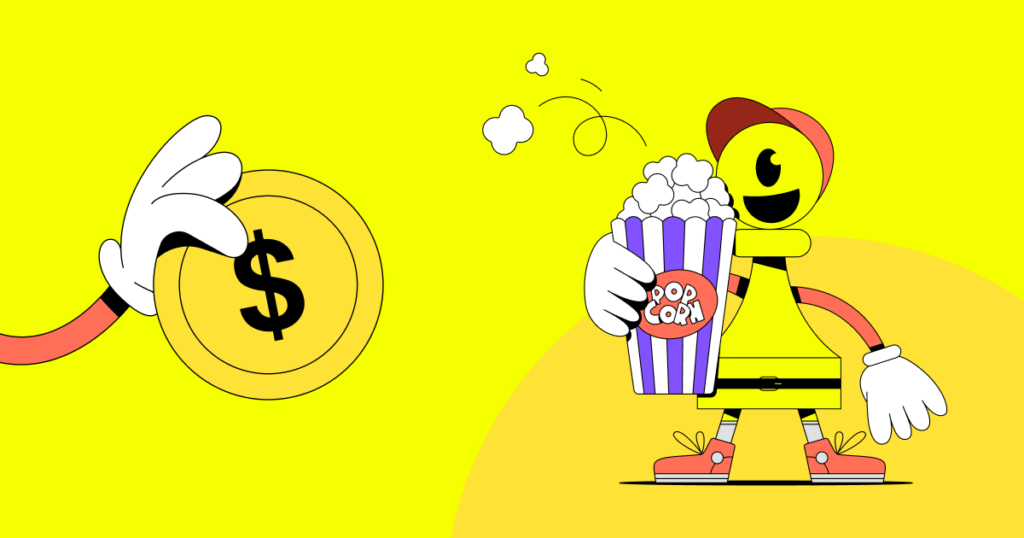Taking notes — school life gets wobbly when we don’t write it down. You must create summaries of your lectures in class, at the dorm, at the desk, or elsewhere! But how do you do that?
Some ways of dotting it out are as strong as black coffee after a shaky studying marathon. Others are simply confusing. However, the best note-taking methods for college students make you feel like slurping the sweet nectar of a blooming basil bud. Okay, it might be less ambrosial than that, but they’re techniques worth trying.
Getting Ready to Take Notes
Before your handwriting breaks through the blankness of notebook pages, you must maximize your chances of taking on-point notes. It all comes down to habit honing, will, and readiness. And these three have to do with the following:
Removing distractions: Watch out for your phone. Your adorned gadget might look innocent, but it will steal your attention even if those textbooks were worthy of an Elton John song. And multitasking is a myth! Also, cut on the coffee if it makes you feel like a having seizure. When studying, keep away from all that defocuses you.
Boosting your attitude: If you 100% dislike taking notes, that’s something to work through. Or you might not be much into this class the notes are for. Whatever thought or feeling prevents you from being an avid notetaker, you must understand it and find a way to deal with it. Your mindset matters.
Sharpening your knowledge (and pencils) before class: Do you know the essence of your following lecture? Are you sure your pens and pencils are rolling around the usual compartment in your backpack, ready to aid your scribbling? If so, your take on your teacher’s upcoming presentation will be accurate.
The sacred trio of taking better notes is the heart and soul of navigating through college life and studying more efficiently. But what are the best note-taking methods for students? Let’s spill the beans.
1. The Outline Method

If your mind works hierarchically, the outline method might be right for you. This note-taking technique is handy for organizing important info in a top-to-bottom structure. You start by defining the main topic or idea you want to draw a subtopic from and end up doing that.
The method is perfect for crystallizing the relationships between ideas and understanding the causality directions that define them. This Matryoshka doll of sentences lets classroom material unfold in front of you as they logically progress.
Advantages
- The information outline is easy to follow.
- You can track a thought’s logical development, making it simple to memorize a lecture.
- The method works wonders for medium and slow-paced lectures.
- The notes are quick to scan before exams.
- You don’t need a special notepaper to take notes.
Disadvantages
- If the materials you take notes on lack a clear structure, you’ll have difficulty organizing your points on paper.
- The technique doesn’t work well for tech and science subjects.
- The entire process can be time-consuming and requires concentration.
2. The Mapping Method

Staying an organized scholar is challenging, and the pressure grows even more with each misinformation blurring the clarity of your textbooks’ content. But that’s nothing a bit of mind-mapping can’t fix! One of the best note-taking methods for college students, this technique helps you grind through tasks with visualization.
To create a well-structured thought tree, you must formulate your main topic and have a few supporting ones sprout from it. Then, you note the little details related to each of these, and voila, you’ve shaved a dense-in-content read down to an easy-to-follow cluster of ideas.
Advantages
- Visual learners have a blast with this method.
- It incentivizes you to understand different concepts rather than indulging in passive page-to-page line glancing.
- You learn to connect the dots and see how each element of a topic contributes to its structure.
- Larger lectures are easier to grasp due to the map’s comprehensive outline.
- Such maps are excellent to refresh your memory on a specific subject quickly.
Disadvantages
- It’s not ideal to use in the classroom.
- Breaking the content into meaningful chunks takes time and effort.
- The risk of erring during the info deduction is always present.
3. The Cornell Method

Developed by Cornell University’s professor Walter Pauk, the simple Cornell method will end your studying-related procrastination. This super easy technique has helped countless students avoid classroom burnout with an outline easier than the lemon squeezy. All you have to mark are two columns and a bottom line.
To give your materials a straightforward frame, you first draw a narrow cue column on your left for all the questions and key points you’re to list. After that, you use the remaining space on your right for the answers and elaborations. In the bottom section, you review and summarize the materials in a few simple sentences.
Advantages
- Being time-efficient and easy to understand, the Corbell method is one of the best note-taking methods for college students.
- It helps you squeeze all the juice from your notes — you can review each.
- It’s applicable across different subjects.
- You can compress pages of material into a single-page read.
- Large concepts aren’t a scare to face with this technique.
Disadvantages
- Studying becomes slightly cumbersome when you have multiple Cornell notes to go through.
- The notes can be lengthy, so there will be more reading in comparison to other methods.
4. The Boxing Method

Unboxing devices is therapeutic to some, but ordering notes in boxes on a tablet or laptop is helpful for most. That’s the magic of the boxing method — you can note the key takes of lectures electronically! And the box-in-box moment is also present, as long as you’re juggling with a few different topics.
Of course, if you prefer the manual effort, you can cast technology away and categorize your notes by hand. The only rule is you have to keep everything boxed! Visual learners are keen on this method. But even if that’s not your tribe, the technique is excellent for understanding the connections between different topics outlined on a single piece of paper.
Advantages
- The method is perfect for fans of the digital.
- The notes have a fun look.
- If you have a few consecutive classes on the same subjects, boxing your notes makes learning smooth sailing.
- It’s suitable for visual learners.
- It takes you from outlining what’s most important in one chapter to getting a better picture of multiple of them.
Disadvantages
- Although it’s one of the best note-taking methods for college students, the Cornell method might inspire you to start using a time-management app.
- The notes might not be rich in information.
5. The Sentence Method

A sentence is worth a paragraph or two — dedicated students know this. And when you’re wiggling your mind through a lecture that feels hefty and unstructured, you don’t have the leisure of categorizing stuff. In such cases, your notes must reflect what you hear, and they must do so to a full extent.
So, next time you are in such a situation, go with the flow and use the sentences method to dot out your professor’s teachings. Listen carefully and transcribe what you sense matters as you sit behind the desk! You can regroup the lines later if you feel like introducing some structure.
Advantages
- The method is highly applicable; you can use it to excel in your elected subjects.
- There isn’t a simpler note-taking technique.
- It works during live lectures when barely any other method does.
- You’re mentally present throughout the lecture, gathering information that might not be in the textbook.
Disadvantages
- Although this is one of the best note-taking methods for college students who always find rare info gems in their teachers’ words, its lack of structure can make reviewing the writings challenging.
- The technique makes it hard to distinguish between major and minor points and see how they connect.
- Analyzing and comprehending the transcripts in real time takes a lot of work.
- You have to be a fast writer.
6. The Charting Method

Some information is factual, and some is statistical. If you didn’t hate but fell in love with math in high school, one way to create college memories (literally) is to use charts and tables for your notes. That’s how you can group all the data in a way that makes sense.
The charting method is best to use if you’re majoring in a particular branch of science or social study. You can create the charts digitally or draw them by hand. The different blocks in the table will let you deduct lots of information from the main topic(s) gradually and concisely.
Advantages
- It’s one of the best note-taking methods for college students looking to create an appendix of the numerous facts and statistics they encounter in their textbooks.
- The notes take little space.
- You can quickly review everything you’ve put on paper later.
- Comparing between topics is super easy.
Disadvantages
- The method is recommended for a few subjects only.
- Structuring all the data is time-consuming.
7. The Blurting Method

Is excelling academically through active recollection of textbook materials on your New Year’s resolutions list? If so, you must check the blurting method. The idea of the technique is to read some text, close the book, and write down what you remember. It might sound easy, but it’s highly effective.
Passive note-taking has advantages when you’re chasing your teachers’ words of wisdom from behind the classroom desk. However, once the class is dismissed, you only have countless paragraphs to rely on when retaining the information that will give you a passing grade. And if there’s a note-taking method that lets you simultaneously take notes and learn, it’s this one.
Advantages
- The technique helps you understand what you’ve learned and what you need to reread to learn.
- Repetition is the mother of knowledge, so all the info you’re trying to recall will stay in your long-term memory for longer.
- You can use this way of note-taking to master many different subjects.
- You’re paraphrasing the info in your own words, so you must try to understand it.
Disadvantages
- It’s time-consuming.
- It can tire you mentally.
- You can’t use it during real-time lectures.
- Using it to memorize many facts is like paving your way to confusion.
8. The Flow-Based Method

While it might seem similar to the Mapping method, the Flow note-taking technique is far more complex. With it, you can do more than link simple concepts. You can give meaning to the connections between ideas that might not seem related initially. And, of course, that involves lots of writing.
This is one of the best note-taking methods for college students eager to draw their thought processes on paper. If you’re a visual learner, you want your notes to look like little round clouds intertwined with many lines and arrows. That might sound challenging, but giving the technique a chance is worth it when dealing with complex topics.
Advantages
- The method helps you be an active learner during class.
- You can use it to increase your understanding of different subjects.
- It lets you make connections that you wouldn’t have made otherwise.
- It enables you to recapitulate what you’ve learned from more than one chapter in your book.
- You can create the bubbles and link between them as you wish.
Disadvantages
- Using this technique to comprehend a topic you’re vaguely familiar with won’t do you any favors.
- Although you can use it during live lectures, that can be challenging.
- These notes can be messy and make studying challenging, especially if it’s your first time taking notes this way.
- You might have to sacrifice the tiny details to understand the bigger picture.
9. The Q/E/C Method

Being in college is about investing in yourself; reading and taking notes can help you with that. One note-taking technique that’s incredibly fantastic for this purpose is the Question/Evidence/Conclusion (Q/C/E) one. That’s because it’s a simple method that lets you organize your knowledge while relying on critical thinking.
All you have to do is read a chapter in one of your textbooks and think of a question related to it. Then, you provide evidence to shape your conclusions about the initial question. This is one of the best note-taking methods for college students in humanities with a pending essay.
Advantages
- The technique helps you develop arguments and counterarguments for a thesis you want to prove.
- The strong link between the evidence and the conclusion is visible.
- It’s an excellent tool for those majoring in non-technical subjects.
- You develop a deeper understanding of different concepts.
- It can help you organize a presentation on a hard-to-follow topic.
Disadvantages
- If a topic is too complex, it’ll be hard to understand it with this method.
- The process is time-consuming and requires your concentration.
- The method is not good to use during unstructured or fast-paced lectures.
10. The T-Notes Method

If you’re fond of the letter T, you might also like the T-notes technique of taking notes. It’s an excellent strategy to excel in calculus, engineering, physics, and other disciplines based on the relationships between numbers. There isn’t a better way to fiddle with formulas and equations than to put them in a T-shaped chart.
The top bar of the T is for the topic you intend to study. Under it, you can write your equations and problems and your questions about the subject. Everything to do with formulas goes on the left. The notes and questions go on the right.
Advantages
- This is one of the best note-taking methods for college students enrolled in STEM classes because it can help explain different formulas.
- The notes look clean and are well-organized.
- Formulas don’t tend to change, so you’ll be creating something to use for years to come.
Disadvantages
- You need to know what use of the formula or aspect of a specific problem you’re describing if you want to make sure everything is clear.
- Creating the notes takes time.
To Learn Is to Love
Wherever we go, nature embraces us. The universe is constantly expanding, and so are our minds. And college is one of the best places to grant you the freedom of growth while you note how that happens.
As you learn more about the dynamic forces that shape us and all that surrounds us, carry a paper and a pen. Between the doodle art and occasional ink smudges, you’ll take notes to help you remember.















